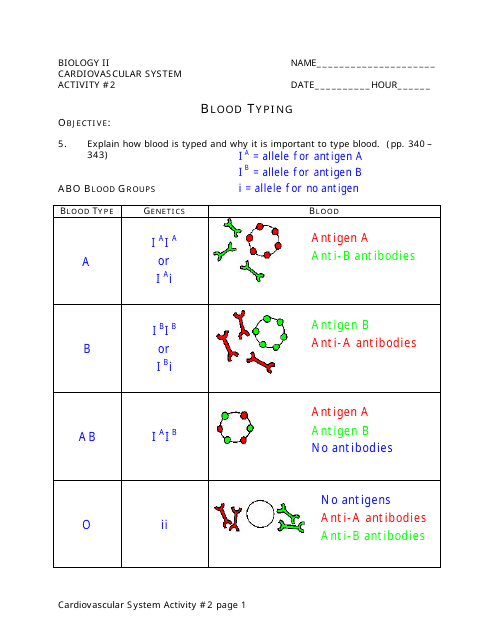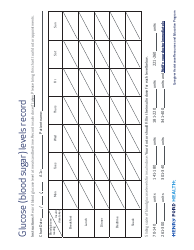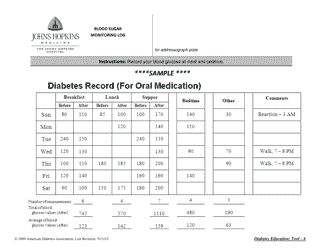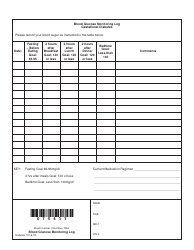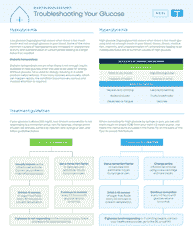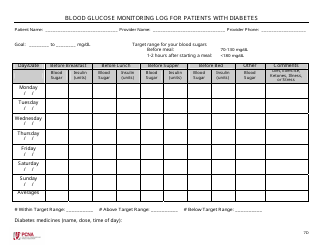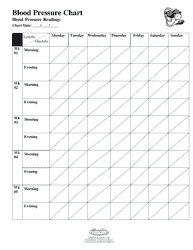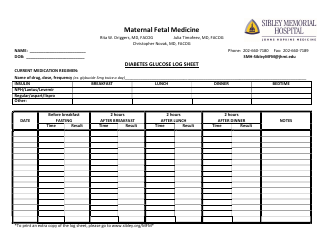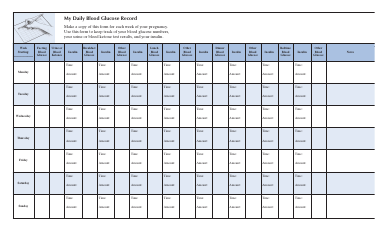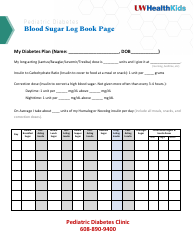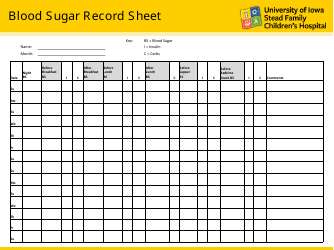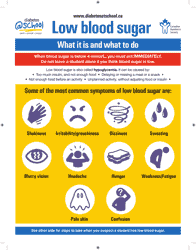Biology Cardiovascular System Activity Sheet - Blood Typing
The Biology Cardiovascular System Activity Sheet - Blood Typing is an educational resource used primarily in the field of biological and medical studies. The purpose of this document is to assist students or learners in understanding the cardiovascular system, more specifically, the blood types and their significance.
The activity sheet often includes different exercises, such as identifying the different blood types (A, B, AB, and O), understanding the antigens and antibodies present in each blood type, learning about Rh factor, and how these factors play a role in blood transfusions and biological compatibility. It is an essential tool for practical learning in the biology curriculum, allowing students to gain a comprehensive understanding of human blood types and their role in the cardiovascular system.
The Biology Cardiovascular System Activity Sheet - Blood Typing is typically filed by students or individuals who are studying biology, specifically the cardiovascular system. This can include high school students, college students, or even professionals who are seeking to expand their knowledge in the field. In some cases, teachers or educators may also file this document as a part of their lesson plans or educational resources. Please note that the specifics can vary depending on the country and the educational system in place.
FAQ
Q: What is the cardiovascular system?
A: The cardiovascular system, also known as the circulatory system, is an organ system that permits blood and lymph circulation to transport nutrients, oxygen, carbon dioxide, hormones, and blood cells to and from the cells in the body to provide nourishment and help in fighting diseases.
Q: What does a Biology Cardiovascular System Activity Sheet entail?
A: A Biology Cardiovascular System Activity Sheet typically involves various exercises that help students understand the anatomy and physiology of the cardiovascular system. It might include activities related to heart structure, blood vessels, blood flow, and blood typing.
Q: What is blood typing?
A: Blood typing is a method to tell what type of blood you have. Blood types include A, B, AB, or O. They are further classified by Rh factor as negative or positive. The process is crucial for blood transfusion procedures to prevent reactions.
Q: How many types of blood groups are there?
A: There are four main blood types: A, B, AB, and O, each of which can be positive or negative. This results in eight total blood types (A+, A-, B+, B-, AB+, AB-, O+, O-).
Q: What is the importance of knowing your blood type?
A: Knowing your blood type is crucial in case of a blood transfusion or organ transplant. It's also important during pregnancy as an Rh-negative mother can carry an Rh-positive child, potentially leading to medical complications. Additionally, some research links certain blood types with increased or decreased risks for particular diseases.
Q: Which country has the most people with O+ blood type?
A: The United States has the largest proportion of people with O-positive (O+) blood type. Approximately 37% to 39% of Americans have this blood type.
